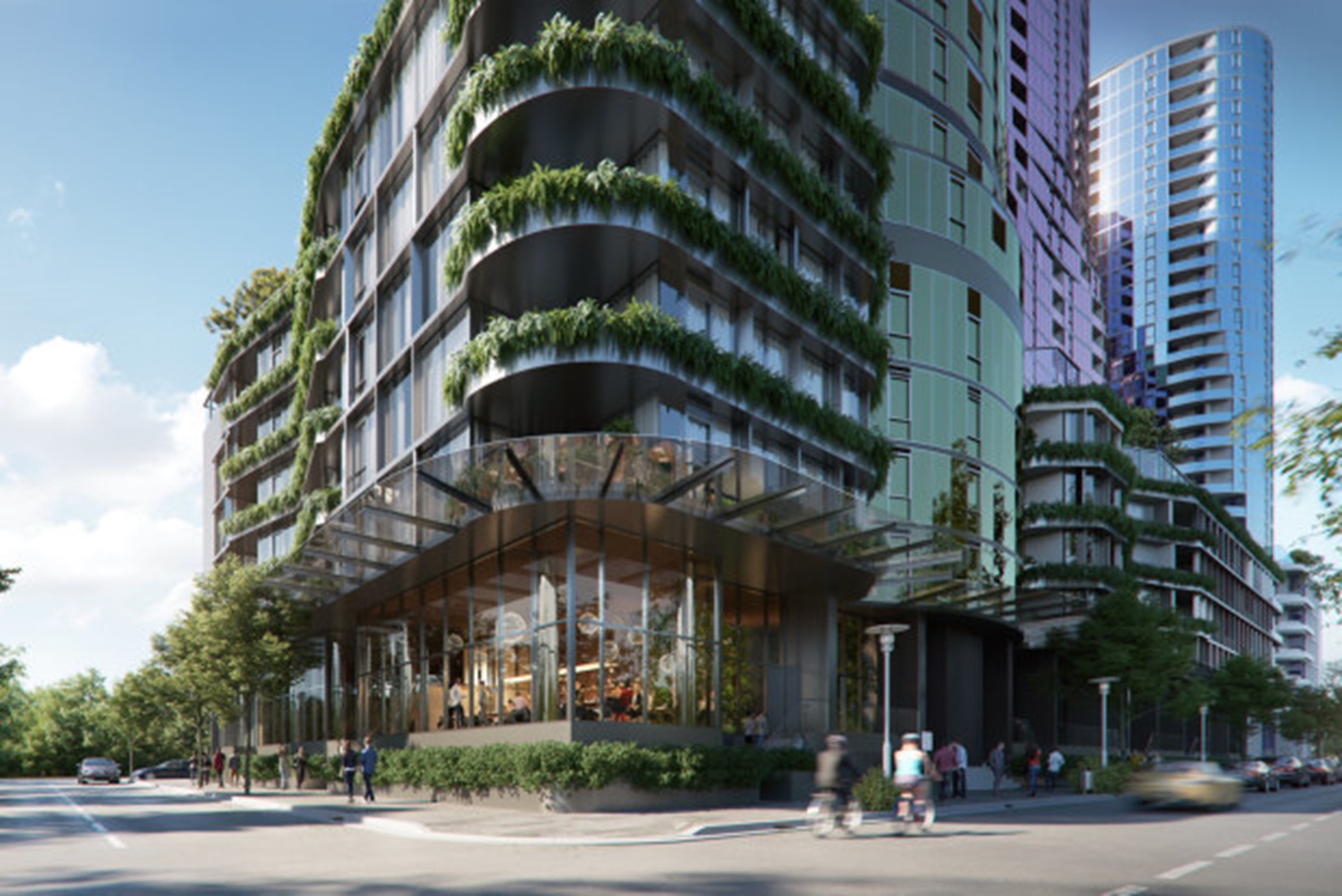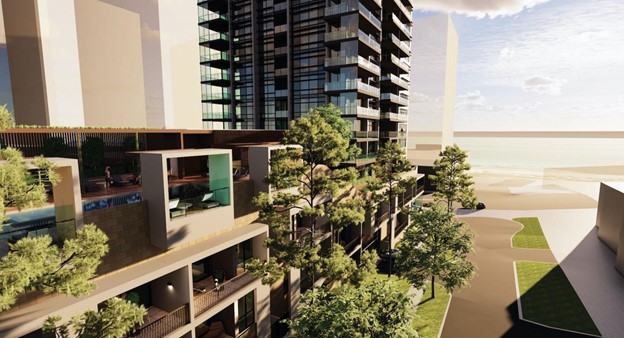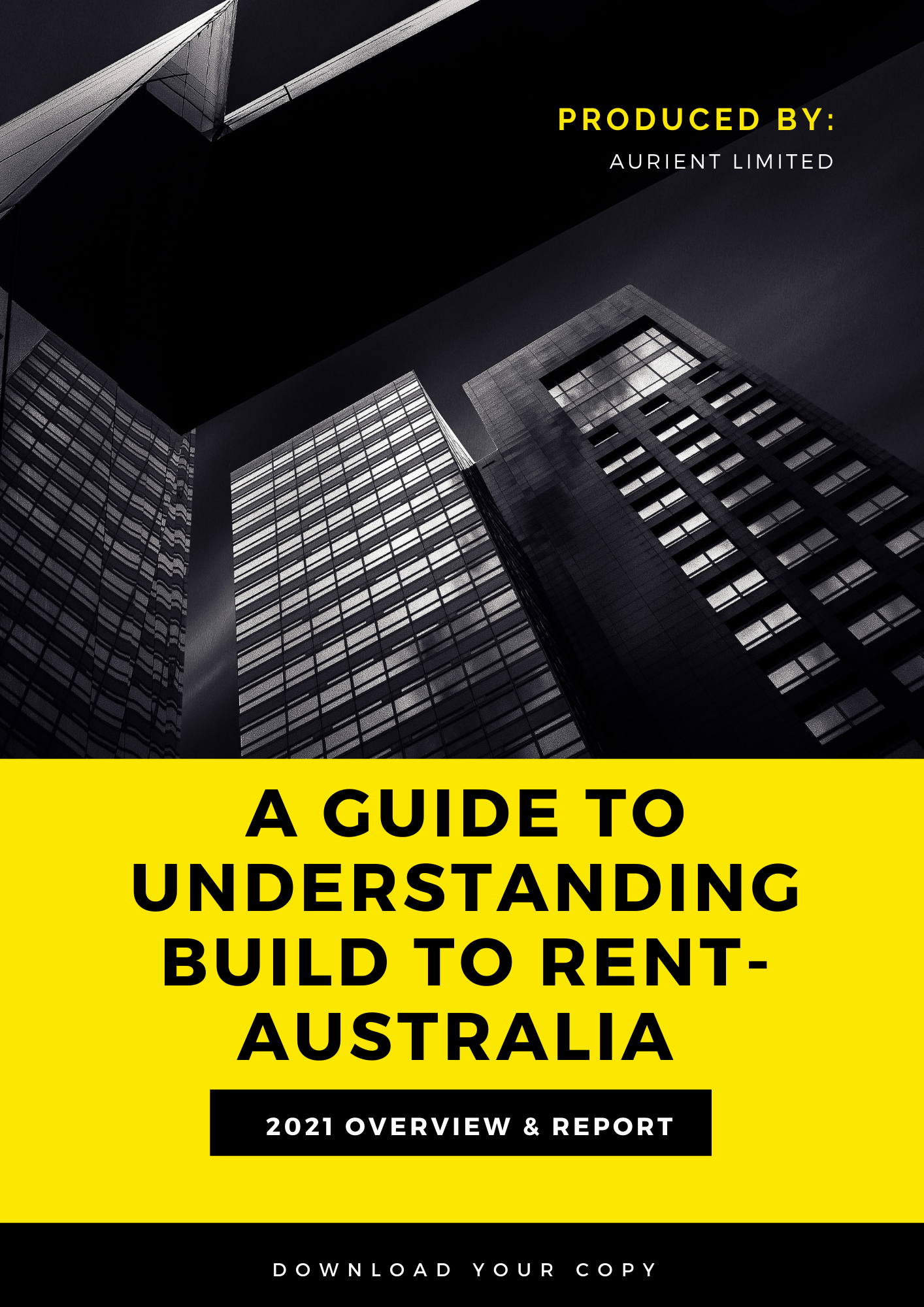The 88 Billion Build to Rent Property Bonanza Coming To Australia
By Michael Bentley
Capital from around the globe is flowing into the Australian Build to Rent (BTR) sector in billions, as this burgeoning sector gains momentum – and there is a lot more to come.
It seems like every few months there is a new article mentioning another group with a few hundred million dollars earmarked for the development of new BTR projects in Australia.
Blackstone, one of the largest private equity firms in the world, has snapped up a vacant apartment tower in Brisbane with plans to convert it into a Build to Rent asset for AU$100 million.
In February 2021 Feb 2021 US Build to Rent specialist Greystar established an AU$1.3 billion fund, Australia's largest "Build to Rent" venture at that time.
In July 2021, 'Qualitas' AU$1 billion Build to Rent Impact Debt Fund (QBIF) made its first transaction, delivering Brisbane's first high-density BTR development.
In February 2021, US Build to Rent specialist Greystar established an AU$1.3 billion fund, Australia's largest "Build to Rent" venture at that time.
In July 2021, 'Qualitas' AU$1 billion Build to Rent Impact Debt Fund (QBIF) made its first transaction, delivering Brisbane's first high-density BTR development.

Greystar’s BTR project at Gladstone Street in South Melbourne.
New York-based Michael Streicker, the president of US Build to Rent giant Sentinel Real Estate, took part in the Urban Developers ‘Build to Rent Summit in mid-2021.
He is confident about the continued growth of Australia as a key market for the expansion of this asset class, stating “we’re looking ahead three to four years, anticipating the demands of the market and building a strong development pipeline to support this perspective in key markets such as Melbourne, Sydney, Brisbane, and Perth, with a projected AU$1-billion investment in the Australian Build to Rent market in the next four years.”
“The Build to Rent market in Australia is in its early stages; however, this space is already a highly regarded emerging asset class,” Streicker said.
Participants in the sector claim that BTR buildings can offer secure, long-term tenancies in quality apartments with professional property management.
These features do not always apply to single, individually owned rental properties, which currently comprise most rental properties.
The growing sector was given a helpful boost by the NSW and Victorian governments halving the land tax impost for qualifying projects.
According to the “Development Spotlight Report’ by Savills in 2020, there were 2,326 completed Build to Rent units, with another 895 under construction and planning approvals granted for a further 11,326.
What is certain is that these numbers will further increase significantly through 2022.
Well-established in the US for decades, equity funds earmarked for Single-Family-Rentals and Build to Rent (also known in the US as ‘multi-family') in 2020 were the top target investment asset class, ahead of office and industrial, with investment in the hundreds of millions.
With typical leverage, the loans on top of that equity magnified the total dollar investment to well over US$40 billion for the year.
The latest US figures for the second quarter of 2021 show its investment sales volume accelerated to US$52.7 billion, a record surge of almost 240 percent year-on-year.
The amount of equity looking for investments in this space, but not yet placed, is much higher than this so the equity deployment will accelerate further in 2022 and 2023.
Over the last 30 years, the US Multifamily Housing asset class has undoubtedly established itself as a key investment sector for many high-profile institutional investors.
Alongside more traditional commercial property assets in the office, retail and industrial sectors, US Multifamily housing has become a critical factor in many financial institutions’ real estate holdings.
Multifamily housing has driven the construction of hundreds of thousands of new homes in the US in the last 20 years, consistently showing low-vacancy rates and investment value through reducing capitalisation rates over time and increasing investment demand and volume.
In a 2021 BTR masterclass put on in Australia by the Urban Developer, Qualitas Senior Director Mark Power said that, with more than 50 projects in the pipeline, Build to Rent continues to gain traction in Australia and by the end of 2024 it is forecast there will be 18,500 purpose-built Build to Rent apartments in the Australian market.

Sentinel’s planned Build to Rent project at Scarborough in Perth
The challenges of 2020 have fuelled international appetite for the sector across Australasia, primarily driven by the resilience of the BTR sector in the more mature global markets and the investment performance of operational assets.
With the COVID-19 crisis impacting many businesses and commercial real estate returns, residential projects remain relevant by providing people with a safe place to live (and work in many cases) and have proven to be resilient and pandemic-resistant.
But there is a lot more money that has yet to enter this niche.
In 2018 barely 0.2% of private residential rental property in Australia was provided by institutional investors. (Invesco Real Estate estimates)
So while BTR is a positive move away from the current rental supply being driven by ‘Mum and Dad’ individual investors - which creates a mix of good, bad, and even some awful owners/landlords – towards a more professional, consistent, and high-quality offer, trending to provide greater security of tenure, it is still only a tiny ripple in the overall housing market.
But with all the billions starting to flow into this space, the question arises:
Will there be an oversupply of rental property?
DISCLAIMER:
All information contained in this article is obtained and / or compiled from sources believed to be accurate, reliable and current at the time of release However, Michael Bentley, Citylife International Realty and Aurient Limited cannot and does not warrant, guarantee or represent, either expressly or implicitly, the accuracy, validity or completeness of such information. Michael Bentley, Citylife and Aurient and its affiliates or any directors or employees of Citylife and or Aurient or its affiliates shall not be liable for (whether in tort or contract or otherwise) any damages arising from any person's reliance on this information and shall not be liable for any errors or omissions (including but not limited to errors or omissions made by third party sources) in this information. The information provided herein is subject to change without further notice. This article provides general information on Build to Rent around the world and in Australia, but such information should not be regarded as an offer or a solicitation of any offer to buy, sell or invest in any securities, syndications, investments or real estate.





